class abc fire extinguisher definition
The size of a fire extinguisher indicates the amount of extinguishing agent it holds and is most often measured in pounds. Also all fire extinguishers must be properly mounted.
Stored Pressure Fire Extinguishers Reliable Fire Equipment Company
If you face unusual threats such as large quantities of flammable liquids or flammable metals you should select a different extinguisher.

. Every fire extinguisher has an alphabet rating that tells you what types of fires it can extinguish. Class C fire extinguishers. Sizes can range from as small as 25 lb.
A class K fire extinguisher should be used to put out a cooking fire especially. Unlike the common class ABC multipurpose fire extinguisher there is a requirement that class K fire extinguishers must be placed within 30 feet of the cooking line. The Class A size rating represents the water equivalency.
Quashing the flames will fully put out this type of fire. Means a fire extinguisher capable of putting out 1 fires in ordinary combustible materials such as wood cloth paper rubber and many plastics Class A. Wood paper trash and other materials that have glowing embers when they burn.
The number in front of the A B or C indicates the rating size of fire the unit can extinguish. 20B means that as long as you. It is a pale-yellow powder that is used to extinguish three classes of fire.
To achieve a Class A rating the extinguisher must be capable of putting out the wood. The numbers in front of the letters represent the relative amount. Want to mistakenly use a BC extinguisher on a Class A fire thinking that it was an ABC extinguisher.
ABC fire extinguishers are considered tri-class or multi-purpose extinguishers which can be used on Class A B or C fires. Unlike Class A fires they dont involve a smouldering stage. It is not intended for use on an out-of-control fire such as one which has reached the ceiling endangers the user ie no escape route smoke explosion hazard etc or otherwise requires the equipment personnel resources andor expertise of a fire brigade.
Class ABC extinguishers are effective against Class A B and C fires and are required by most fire codes. Dry chemical extinguishers put out fire by coating the fuel with a thin layer of dust separating the fuel. While the largest extinguishers will come with built-in wheels to make transportation manageable size is always important to consider.
The A B C rating system defines the kinds of burning materials each fire extinguisher is designed to fight. The letters stand for the class. This guide to fire extinguisher types explains which type of fire extinguisher to use for the various fire fuel sources and settings.
An ABC fire extinguisher would be effective on those three types of fires. An ABC extinguisher will have a label like this indicating that it may be used on class A B and C fires. D fires are not very common and D extinguishers are not usually sold for home use.
The Class B size rating indicates the square footage the extinguisher can cover. They are the best overall extinguisher for most common home and workplace environments. Define Class ABC fire extinguisher.
However a BC fire extinguisher would not be very effective on A-type fires such as burning paper. Fire extinguishers are classified by fire type. Each number represents 1 ¼ gallons of water.
To as large as 350 lb. Like dry chemical extinguishers the clean agents interrupt the fire triangles chemical reaction. For instance 2A means the extinguisher is just as effective as 2 ½ gallons of water.
Co2 extinguishers work well for Class C fires as they smother the fire and deprive it of oxygen. Consequently the best extinguisher to have on a job is a multi-purpose Class ABC extinguisher which contains a dry powdered chemical under pressure. The regular dry chemical extinguisher is well-rated for class C and B fires.
A fire extinguisher is an active fire protection device used to extinguish or control small fires often in emergency situations. The following describes the classes of fire and the kind of extinguisher that can be used on each. So back to answering the original question.
CLASS B ABC OR BC POWDER FIRE EXTINGUISHER Often referred to as grease fires Class B fires involve liquid fuels such as gasoline oil solvent paint varnish alcohol grease and chemical products. 4A is equivalent to 5 gallons of water. The guide covers scenarios for using classes A B C BC ABC and K extinguishers and provides information about the active agent dry chemical carbon dioxide etc for each fire extinguisher type.

Abcs Of Fire Extinguishers Fire Prevention Services The University Of Texas At Austin
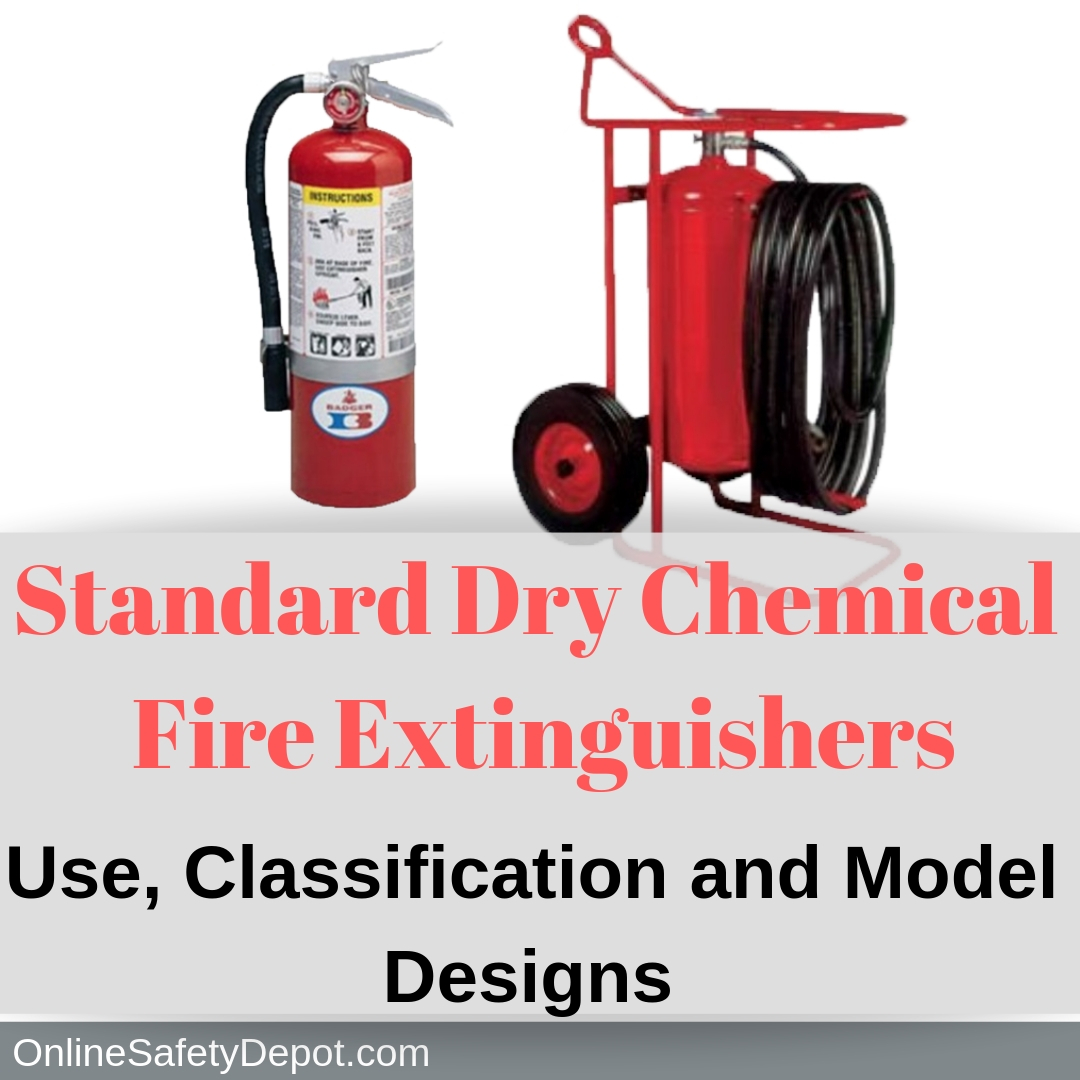
Standard Bc Dry Chemical Fire Extinguishers Use Classification And Model Designs Industrial And Personal Safety Products From Onlinesafetydepot Com

7 Types Of Fire Extinguishers And When To Use Them
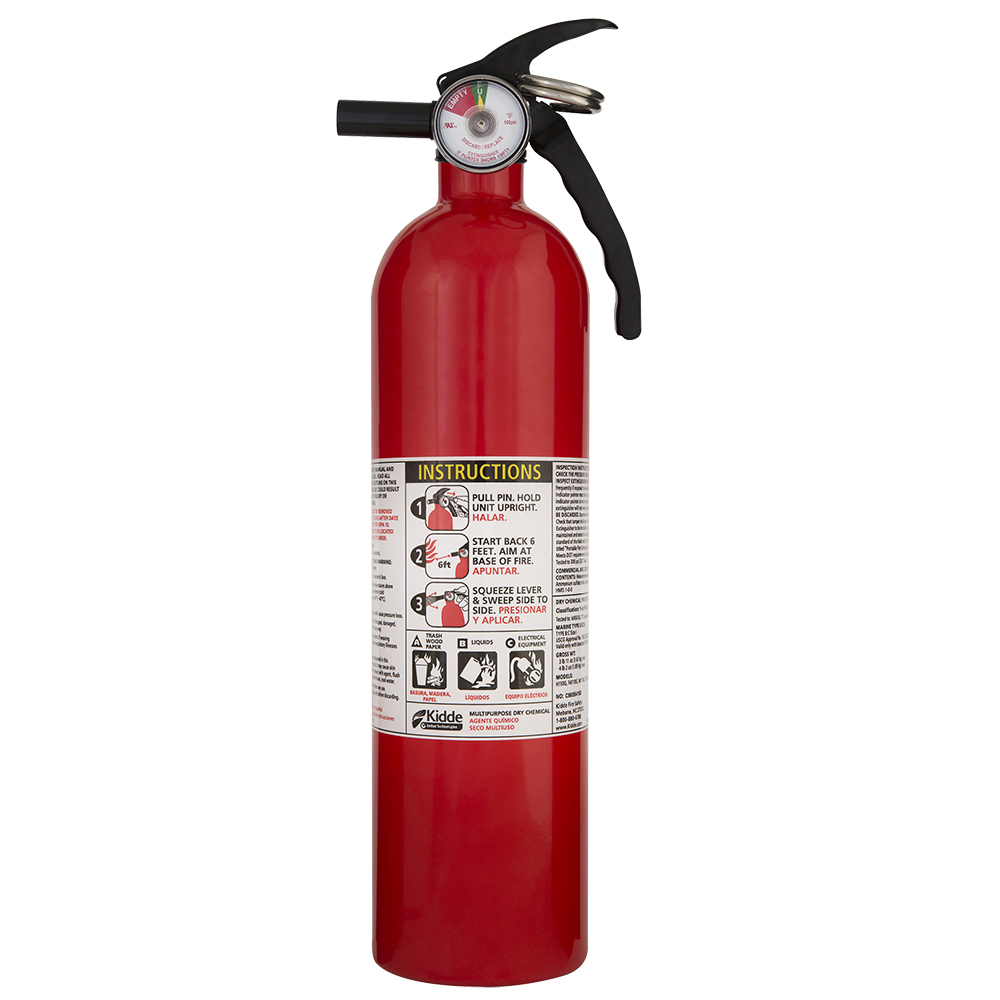
Kidde Fa110 Multipurpose Home Fire Extinguisher

Fire Extinguisher Inspections Fire Extinguisher Inspection Fire Extinguisher Fire Extinguisher Service
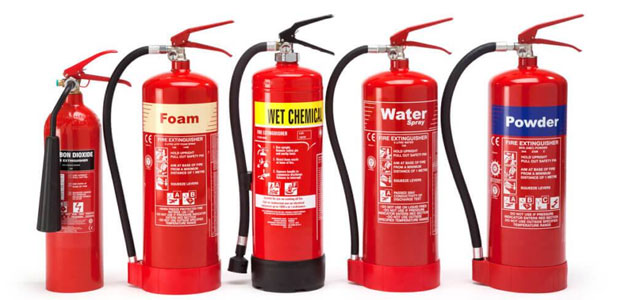
The Abcs Ds And Ks Of Fire Extinguishers Occupational Health Safety
/cdn.vox-cdn.com/uploads/chorus_asset/file/19489683/fire_extinguishers_2_02.jpg)
Fire Extinguisher Classes For The Home Kitchen Car More This Old House

Abc Dry Chemical Fire Extinguisher Fire Extinguisher Extinguisher Fire Extinguisher Service
/cdn.vox-cdn.com/uploads/chorus_asset/file/21902366/FirstAlertFE3A40.jpg)
Fire Extinguisher Classes For The Home Kitchen Car More This Old House

Pin On All Florida Fire Equipment
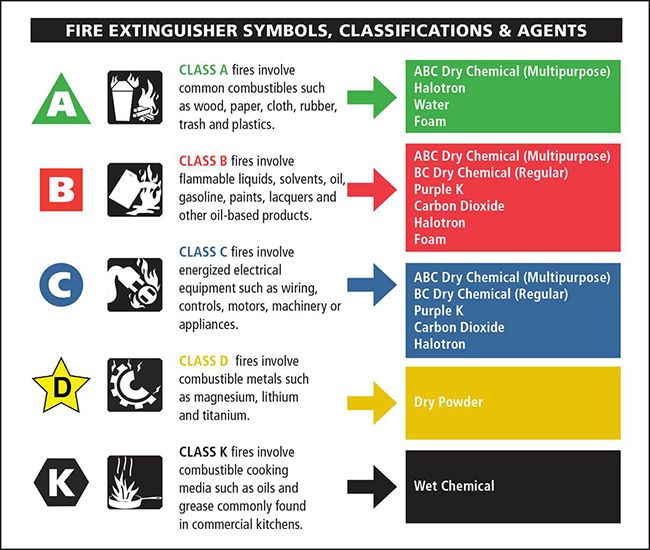
Abc Fire Extinguishers About Kidde

Fire Extinguisher Service Fire Extinguisher Service Extinguisher Fire Extinguisher

What Is A Class B Fire Extinguisher Used For

Dry Chemical Fire Extinguishers Testing Portable Abc Extinguisher
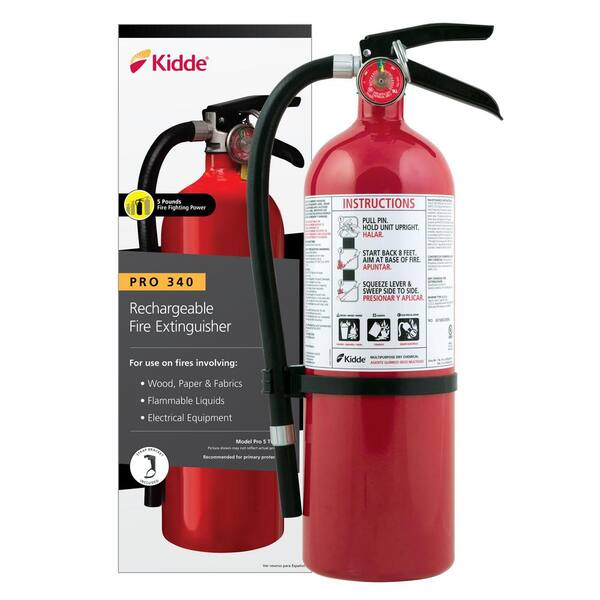
Kidde Pro 340 3 A 40 B C Fire Extinguisher 21029294

Abc Type Fire Extinguisher Spare Parts Abc Type Fire Extinguisher Spare Parts Manufacturer Extinguisher Fire Extinguisher Spare Parts

Fire Extinguisher Inspection Allfloridafire Fire Extinguisher Inspection Fire Extinguisher Extinguisher
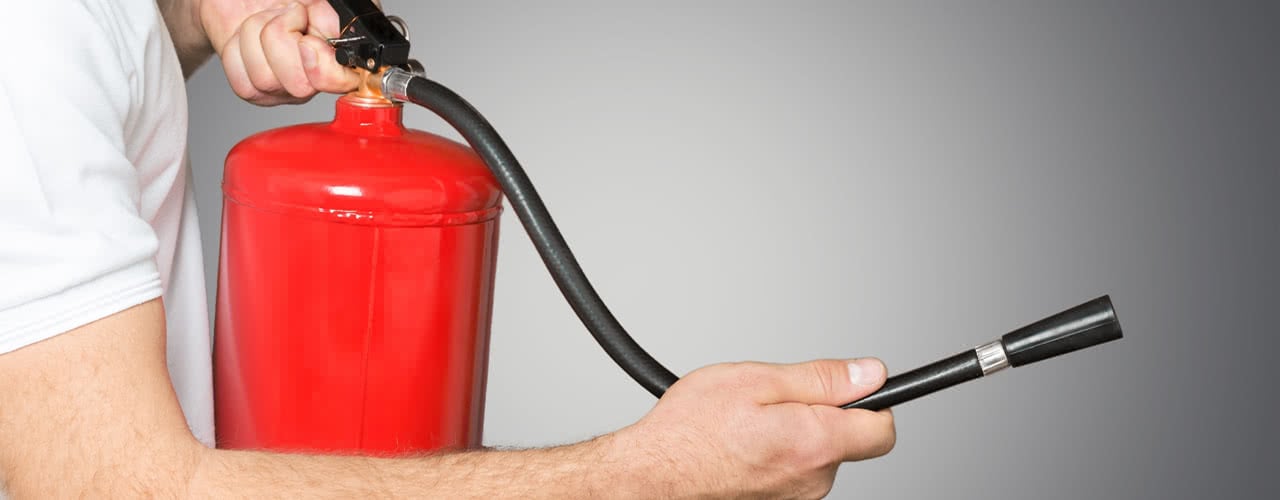
Guide To Fire Extinguisher Sizes Types Ratings

Fire Extinguisher 10 Lbs Type Abc Ulc 6a 80bc With Wall Hook